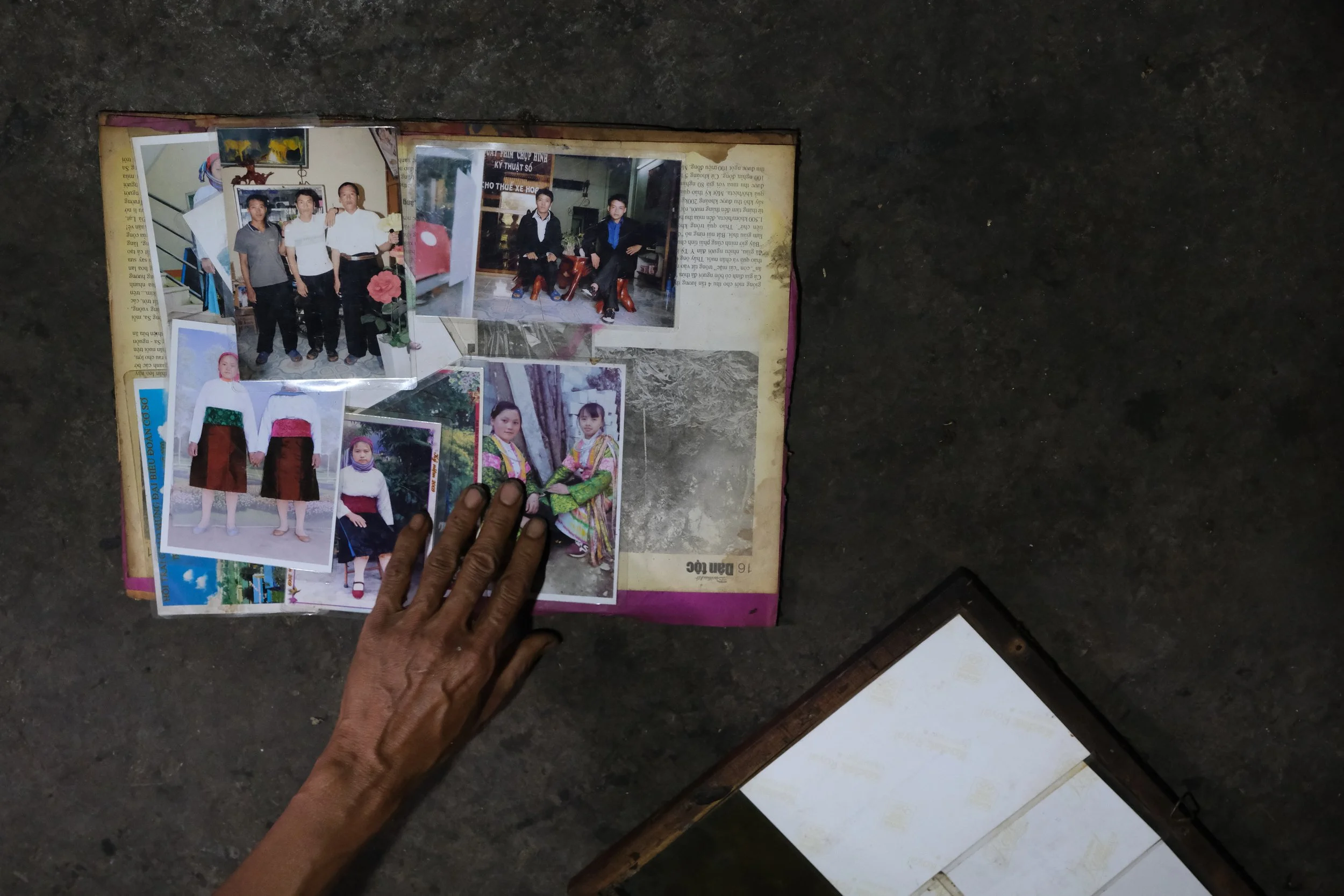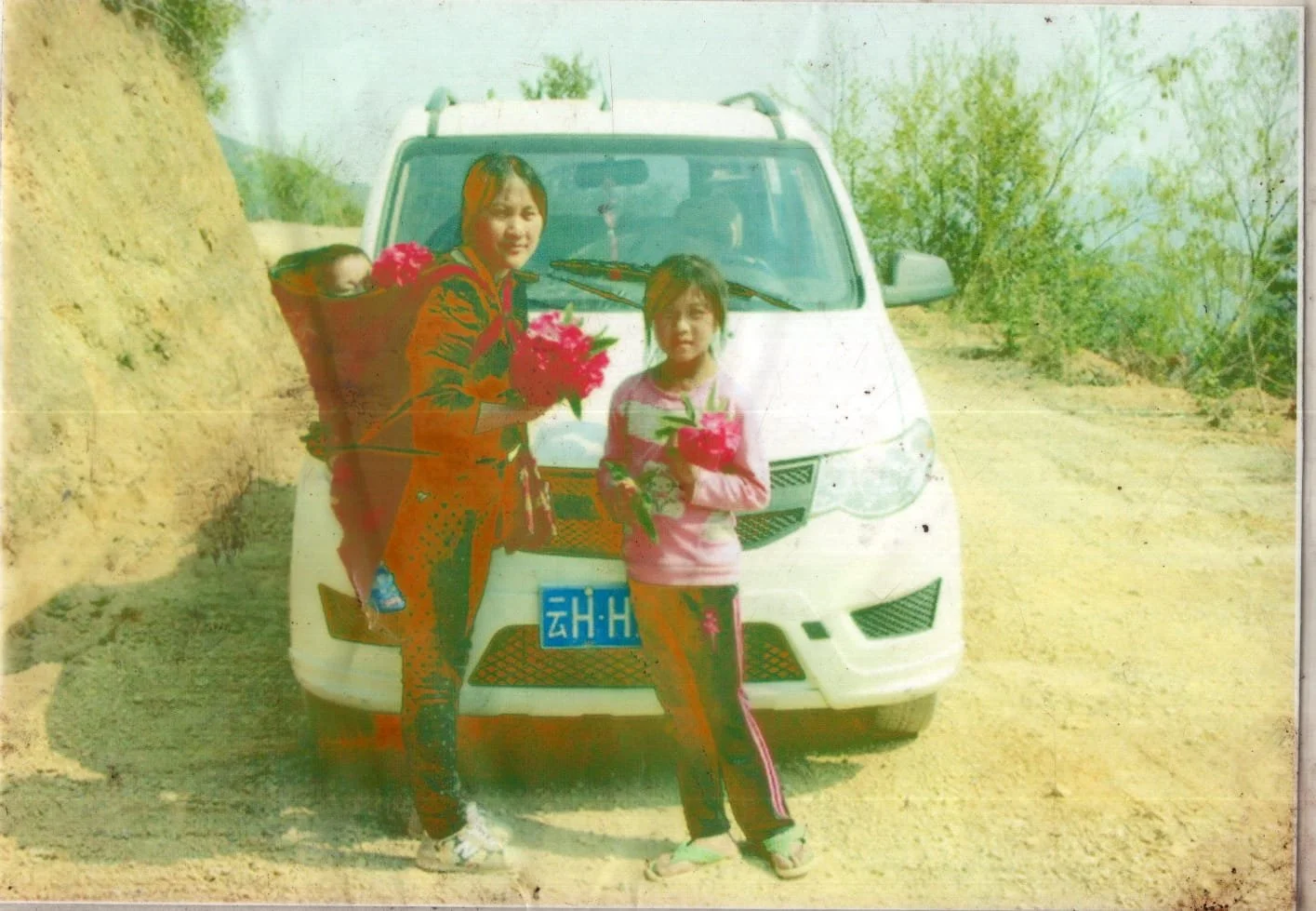Between the Silent Eyes
Between the Silent Eyes (2020–present) is a long-term photographic project exploring the resilience and uncertainty H’mong women face as they navigate the tension between traditional responsibilities and the demands of a changing world. Through images that move between intimacy and distance, the work seeks to reframe the narrative around these women, who often begin families at a young age while confronting patriarchal expectations and unforeseen external pressures.
The H’mong, originally from southern China, migrated to Southeast Asia in the 19th century to escape persecution. Today, more than twelve million H’mong live in the northern mountains of Vietnam, where traditions remain deeply rooted. H’mong culture is patriarchal: women shoulder domestic labor and childcare, have little say in family decisions, and are expected to bear children until producing a son—a reflection of the saying, “Nine girls are not equal to one boy.” Education for daughters is often considered secondary, particularly in households with scarce resources.
Yet these circumstances do not fully define H’mong women. Many young women now leave their villages for work in Vietnamese cities or across the nearby border with China. Migration opens new possibilities, but also brings risks—human trafficking, forced marriage, discrimination, and economic precarity. For the first time, women glimpse lives beyond the mountains, though uncertainty shadows their steps.
Between the Silent Eyes is an attempt to look closely at these lives in transition, to witness not only hardship but also resilience, tenderness, and the quiet strength with which H’mong women hold their place in the world.
This project has been developed with the support of the National Geographic Society and Objectifs Centre for Photography and Film.
Máy (born in 2002, 19 years old in 2021), married at 16, is lying with her first daughter, Mỷ (born in 2019, 5 years old), to take a rest after work. She worked diligently while carrying the fetus. At 15 years old, while working in China, she encountered a boy her age who later became her husband. Although she lacked romantic feelings for him, he presented a dowry to her parents and requested her hand in marriage, to which her parents agreed.
According to UNICEF, in Vietnam, from 2020 to 2021, 7.4% of adolescent women and 1.4% of teenage men were married or living together as husband and wife. Among the women and men aged 20-24 surveyed, 14.6% of women got into early marriage before the age of 18 compared with 1.9% of the men who got married before the age of 18, many of them prevalent to minority groups throughout the country.
Máy, 19, and her husband, Hầu Mí Dà, take rainwater for the whole family when the winter comes in Sình Tủng Chứ village.
Hmong workers are on the way down to Bình Dương city. They catch a bus and take nearly three days to travel to Bình Dương city (almost 1700 km from their home). Tickets cost about 1.000.000 VND ($44) per person.
A H’mong female worker shares, “I’ve been thinking a lot. How will we have enough money if we continue to live at home and farm?” Even though they could get rejected by potential employers as they haven’t completed their work documentation yet, they have decided to leave for the city. They believe they and their family can meet basic needs by doing so.
Máy (born in 2002, 19 years old in 2021), married at 16, works in the corn fields during the last month of her pregnancy. In H’mong culture, women carry the significant responsibility of giving birth to at least one son. This tradition ensures the preservation of the family lineage and the inheritance of property passed down from their parents. In H’mong families where there are only daughters, these married daughters are unfortunately excluded from inheriting their parents' property. A young H’Mong girl living with her parents is just considered “temporary”, as she is expected to get married and move out soon. They also go around less than women from other minority groups.
Dính (born in 2002, 18 years old in 2020) shares an anonymous portrait in her room. When she was 16, she fell pregnant by a 25-year-old man who came from another minority group in Vietnam. They got married to ‘resolve pregnancy.’ Fleeing from a violent conflict between their cultures as her husband often beat her. She sought refuge with her sister, who owned a nail salon 150km away. Carrying her baby in her arms, she left her abusive husband behind, seeking safety and a fresh start in a new environment.
According to 2022 reports from the United Nations Population Fund (UNFPA) in July, nearly a third of all women in developing countries begin childbearing at age 19 and younger. Almost half of all first births complications continue to be the leading causes of maternal death for girls aged 15-19 in low- and middle-income countries
Máy (born in 2002, 19 years old in 2021), and her newborn at home in the village. In the operating room, Máy felt the surgeon’s knives piercing her abdomen. Fearful of the procedure, she endured the pain as the doctor administered painkillers and performed the surgery. “You can’t die from pain”, she reminded herself. After seven days, Máy was permitted to return home, but overeating caused discomfort at the incision. She has 2 children now and she believes that staying in the village and not seeking employment would limit her ability to provide for her children’s well-being.
At the hospital, Máy, 19, gives birth to the second child and breastfeeding her child with the help of her mother-in-law. Living in the high mountains prevents Hmong women from accessing sexual life education, maternal healthcare, and safe contraceptive methods to control giving birth.
According to a recent study by UNICEF, while the minority communities account for only 15% of the total population, the infant mortality rate of this group is 3.5 times higher than that of the Kinh people - the largest community in Vietnam, with many underreporting cases, especially in rural mountainous areas, are underestimated.
Recruitment Notifications in a remote village of Hà Giang province.
The Hmong village in Hà Giang province as the foggy season comes.
Máy (born in 2002, 20 years old in 2022), wearing the white mask in the right corner, and other Hmong mothers, the first night in the city. Binh Dương is one of the two largest cities in the South of Vietnam. Due to the government's welcoming stance towards foreign investments, the city has emerged as a coveted destination for workers in recent years. Notably, 85 percent of the workforce hails from other provinces and cities, including minority groups, particularly the Hmong people, who belong to the low-income bracket. These workers can earn up to 10 million VND (\~$450) per month, a substantial salary for individuals from minority communities.
Máy, 20, the first night in Bình Dương city for work. She is lying on the ground of her rented room which she and her husband share with 2 other Hmong people.
Mỷ (left), 4, is Máy’s daughter. She and the niece are playing barbie dolls bought by mother at home in Sình Tủng Chứ village, Hà Giang province.
A part of this project exhibited in Lower Gallery, Objectifs Centre for Photography and Film from March 24 2022 to April 17 2022, curated by Chelsea Chua (Singapore). Further information here.
Read interview here, and In Conversation (recap): Nhàn Tran with Hannah Reyes Morales and Juliana Tan here, presented by Objectifs (Singapore).
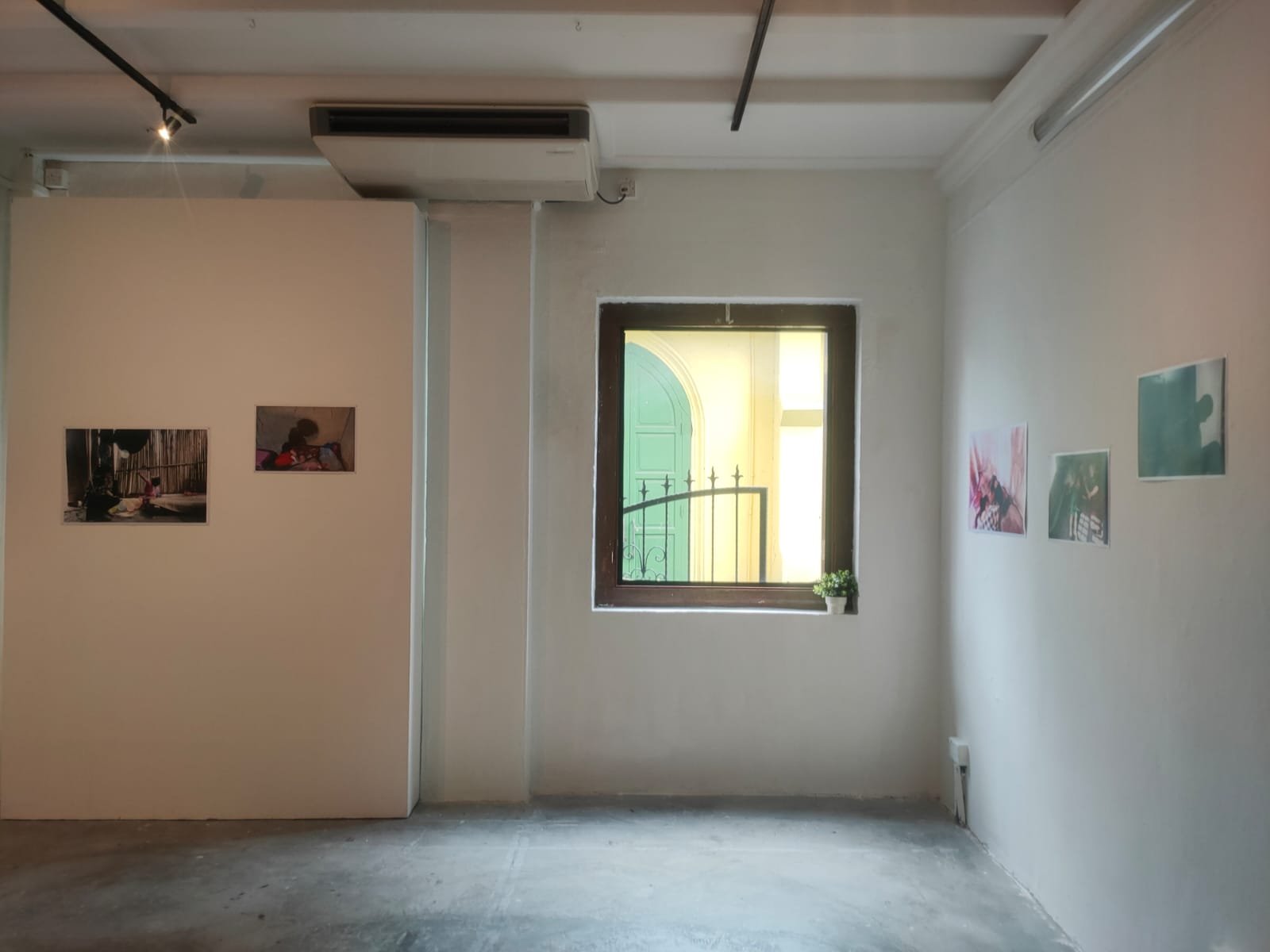
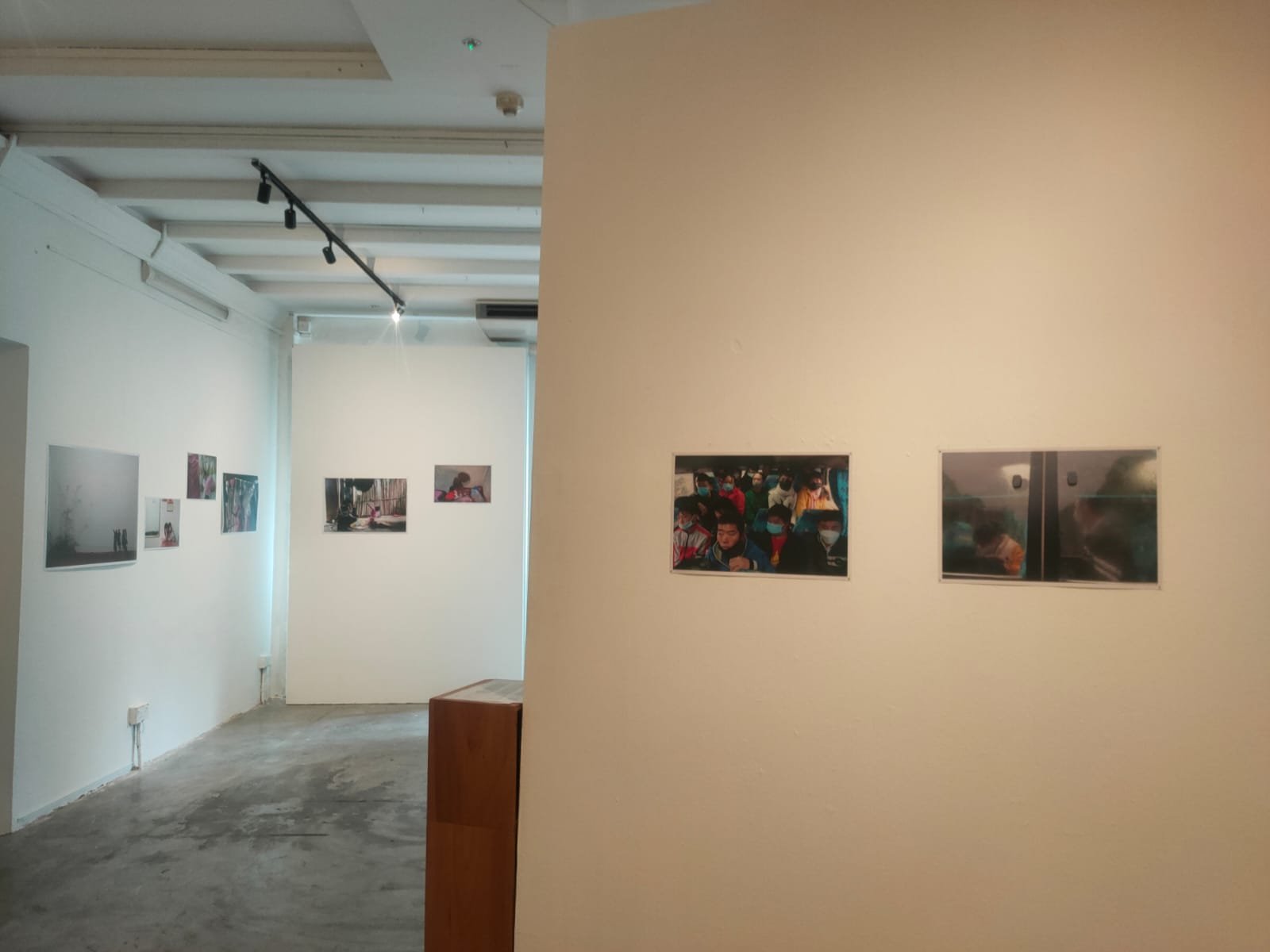
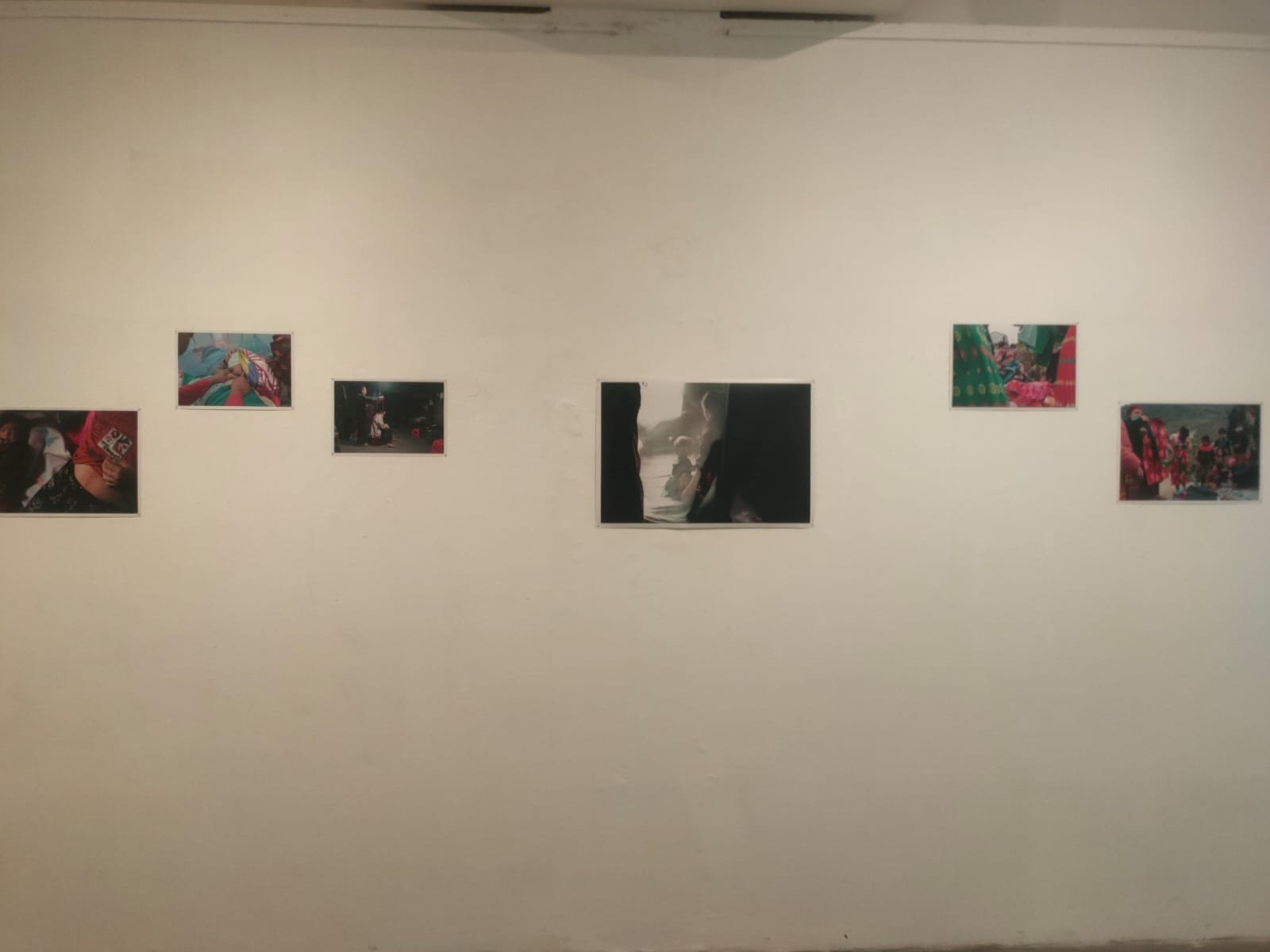
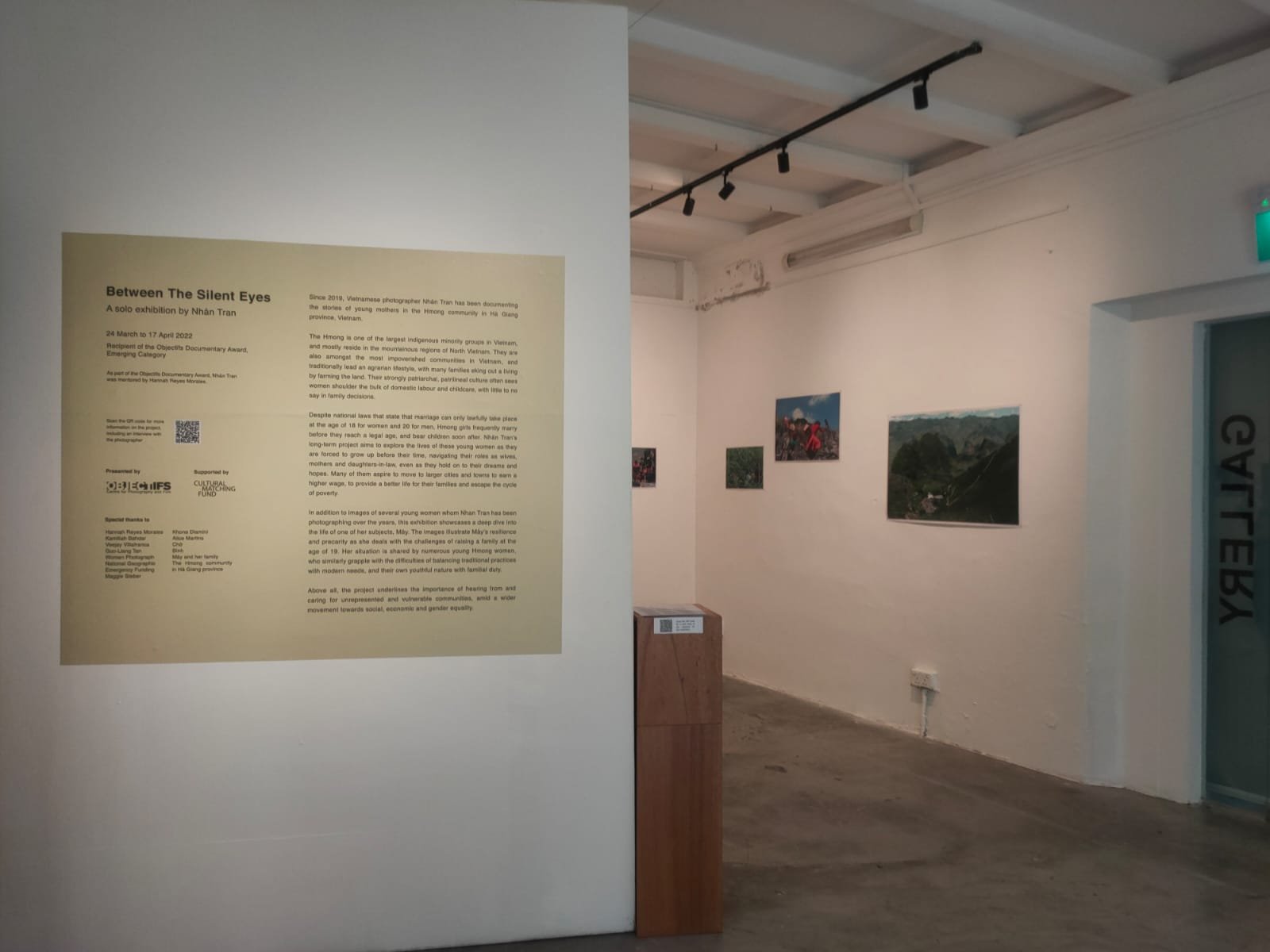
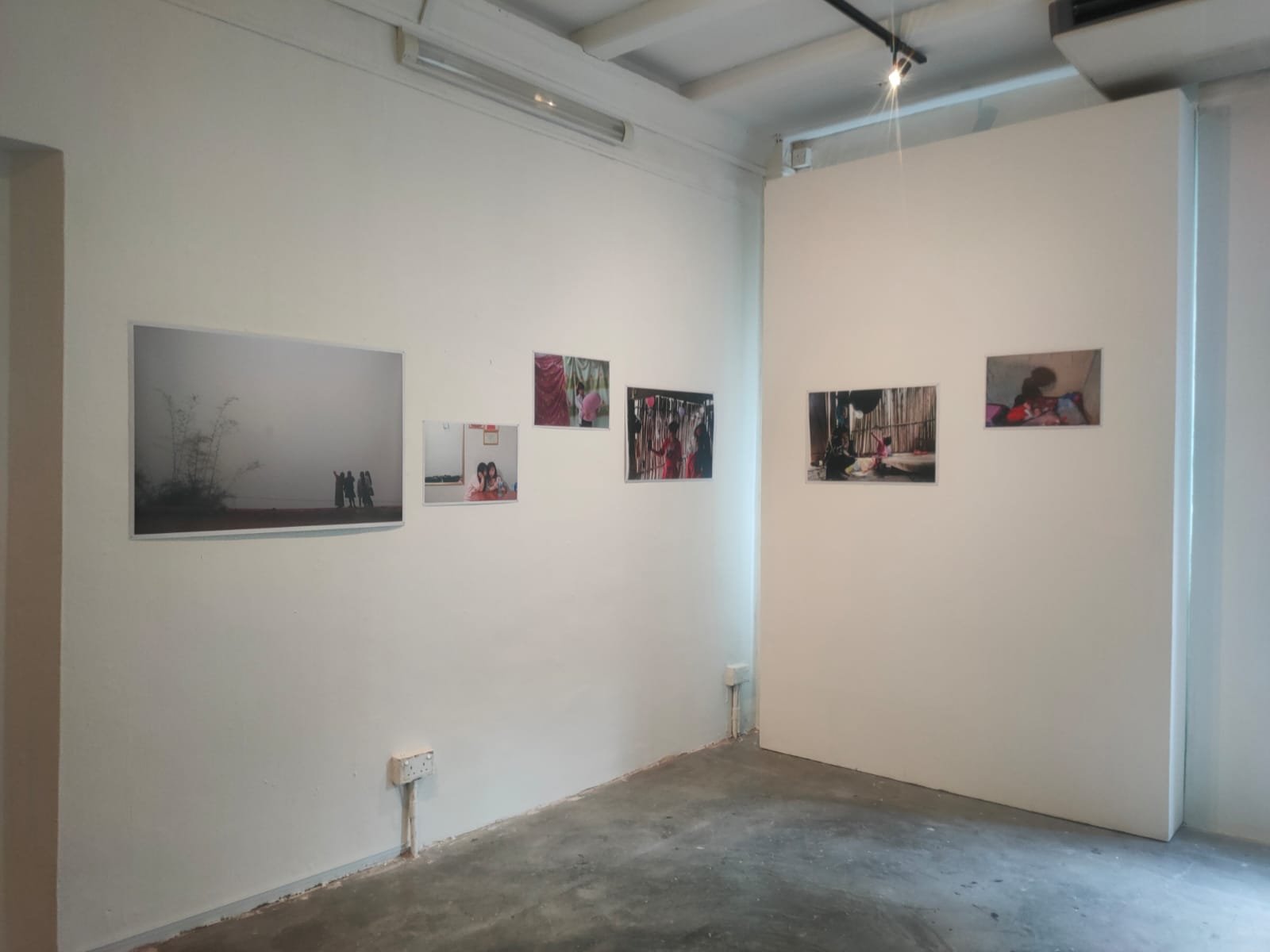
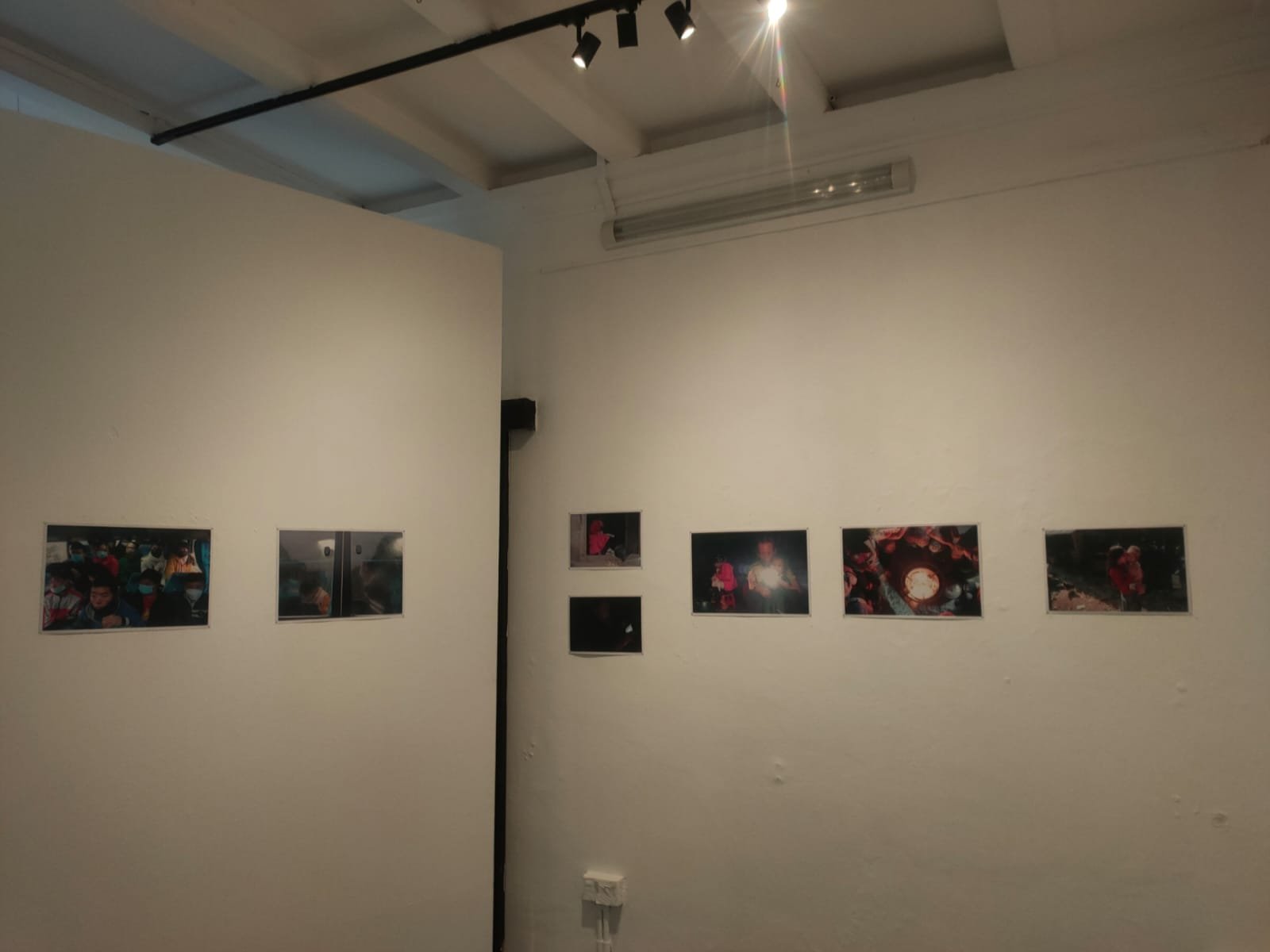
It is also a part of the Angkor Photo Festival 2023: Projection Showcases, curated by Jessica Lim (Singapore) & Farhana Satu (Bangladesh), a part of Auckland Festival of Photography 2023, presented at VII Insiders event: Perspectives from Asia, featured on Photo-letter.
*** Currently being developed into a photo book project.



















